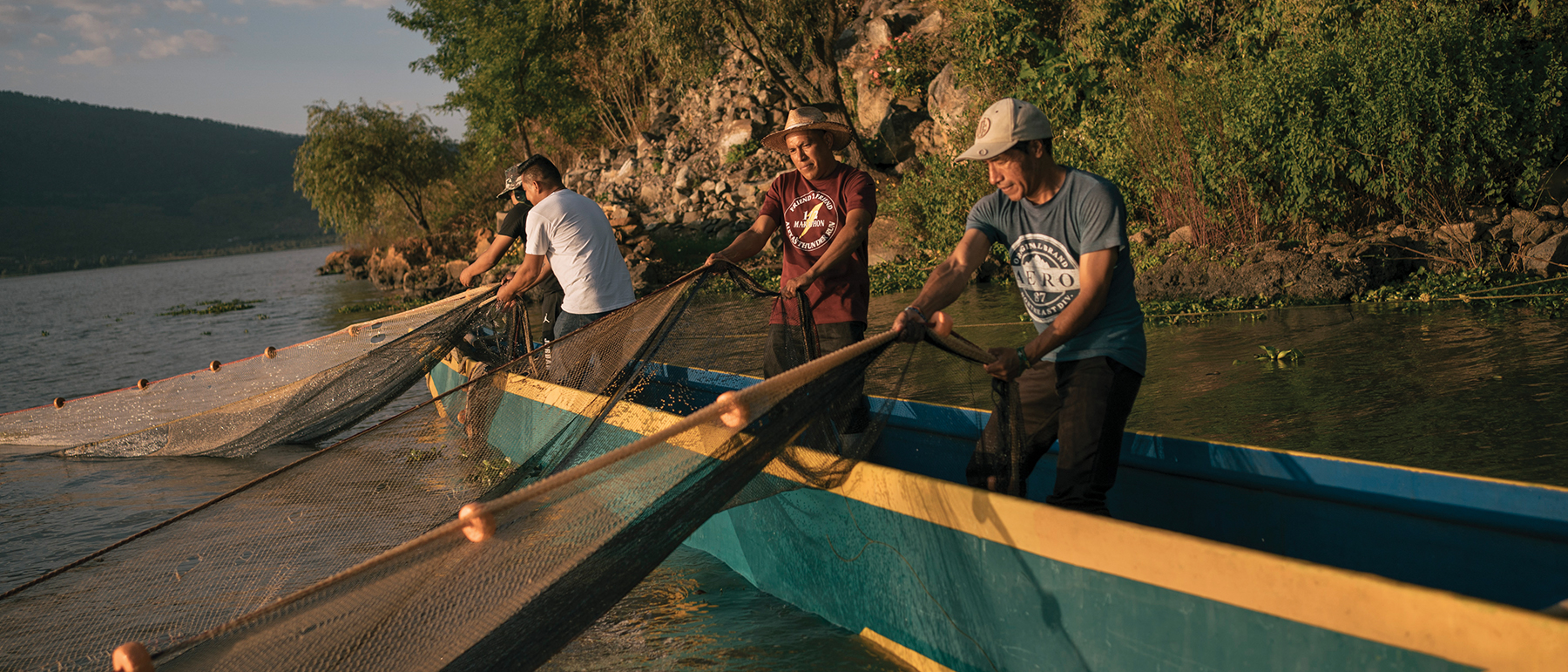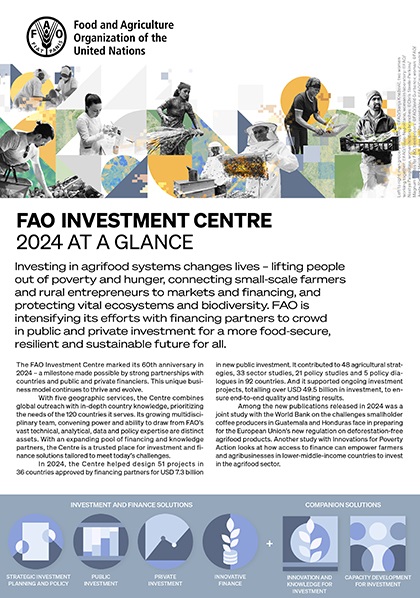Climate financing gives Mexico’s resilience building efforts a boost

Indalecio Antonio, Jose Gonzalez, Ismael Morales, and Armando Gonzalez, local fishermen fish with a trawl net, in Pacanda Island, in the lake of Patzcuaro, Michoacan State, Mexico.
©FAO/Luis Antonio Rojas
The Balsas Basin – rich in natural resources and cultural heritage – is one of Mexico’s most vulnerable areas.
The watershed’s landscapes, nearly two-thirds covered by forests, provide essential ecosystem services such as rainwater regulation, storage and erosion control, and the generation of hydroelectric power.
But degraded soils, increasingly erratic rainfall, prolonged dry seasons, hurricanes and other climate risks have hamstrung agricultural productivity, threatening livelihoods and food security.
With around USD 91 million in financing from an IFAD loan and GCF loan and grant, Mexico hopes to boost the climate resilience of vulnerable communities in the Balsas watershed by creating financial incentives to protect, restore and sustainably manage the Basin’s landscapes and ecosystems. It will also improve extension services and access to climate information, including early warning systems and fire alerts.
The project, designed with FAO technical support, has strong Government buy-in – a testament to the power of long-term country engagement for building trust with partners.
Nearly 2 million people living in the Balsas watershed speak an Indigenous language – more than one-quarter of Mexico’s Indigenous Peoples. The lack of employment opportunities in the region hit rural women, youth and Indigenous communities the hardest.
The project promotes social inclusion and community empowerment by championing bottom-up decision-making on sustainable forest management and value chain development.
The design team introduced several innovations. For one, the project promotes an integrated territorial development approach. It will also operationalize the use of climate change criteria, including social vulnerability and existing Indigenous communities, when prioritizing beneficiaries and interventions. And the project will strengthen institutional capacity to manage, conserve or restore over 300 000 hectares of land.
Greater involvement of agrarian communities and producer groups, especially women, youth and Indigenous Peoples, in organic and certified agroforestry, timber and non-timber forest product value chains will help boost household incomes and adaptive capacities.
Incentive payments will be made multi-annually under a progress-based system that rewards high performing climate adaptation and mitigation initiatives that provide social benefits. CONAFOR, Mexico’s National Forestry Commission, which is also a project partner, piloted this approach for the payment of environmental services.
Greater coordination with other government institutions and sectors, different water users, such as cities and irrigated agriculture, and private investors will contribute to the project’s sustainability.
Related publication

